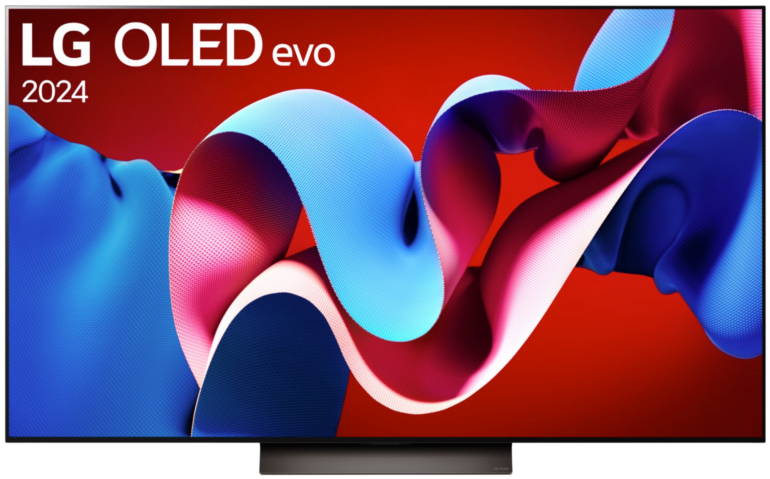Samsung Q90T vs LG CX TV comparison 2021/04


Hey! If you buy through our links, you support our project. It won't cost you a cent more! Many thanks in advance! ♥️
Samsung Q90T and LG CX compared – Which TV is better?
Detailed comparison: Samsung Q90T or LG CX

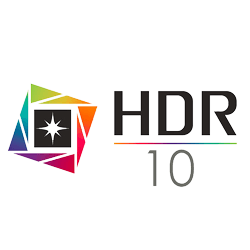

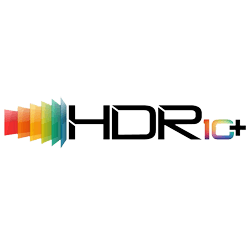



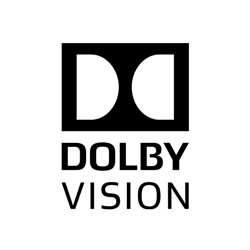

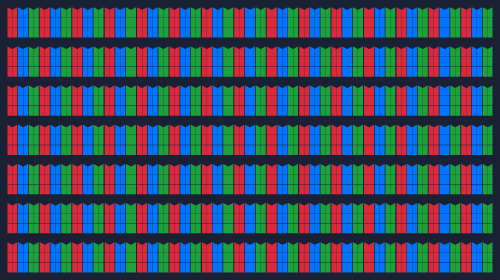



























kompatibel


integriert

integriert
Our conclusion:Excellent TVs with different characteristics
The LG CX OLED and the Samsung Q90T are both excellent TVs, which will probably satisfy most users. It is not easy to say which TV is the better one in direct comparison. It rather depends on what kind of requirements you have for a TV. If you want the better home cinema feeling, with an almost unbeatable picture quality in dark surroundings, then you should rather get the LG CX OLED. It can also be used in brighter rooms, but its picture quality decreases with increasing ambient brightness. But if you want to have an all-rounder that produces a great picture under almost all conditions with a high peak brightness, the Q90T would be a good choice for you. In dark environments it can’t quite keep up with the CX, but it still has an impressive picture quality. HDRHigh Dynamic Range – image/video with more dynamic range (contrast range) is brilliantly displayed by both devices, but the CX can crow with Dolby Vision IQDynamic HDR-format with a color depth of up to 12 Bits and Mastering of up to 10,000 Nits, which can adapt to the ambient brightness, which allows for dynamic optimization of content – Samsung has unfortunately skipped this on the Q90T.
Both TVs can excellently be used for Gaming, since both have all features you might need for a high-end gaming experience.
